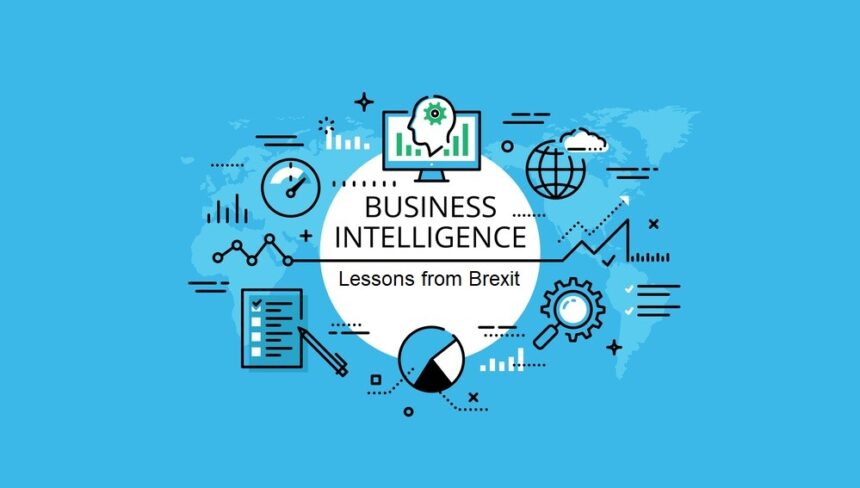In recent years, financial services have seen the regulations continue to pile on as this industry is riddled with fraud. According to a recent blog post by Mukund Raghunath, senior vice president of Mu Sigma Inc., the industry is particularly susceptible to internal fraud. However, there is good news within this problem – data-mining and Business Intelligence (BI) are helping make the process for uncovering and preventing fraud a bit easier.
The definition Raghunath gives for internal fraud is very important for the subject of this article – “Internal fraud occurs when an employee exploits the vulnerabilities of the system to route benefits to either him or herself or an accomplice.” This topic is timely because history shows that internal fraud increases during hard economic times, as is pointed out in the post.
Economic Downturn Leads to More Internal Fraud
Internal fraud has always been difficult to prevent because it’s hard to detect. Hence, the propensity of employees to become involved in fraud schemes, when times are tough, is on the rise. It’s a staggering number for the financial services industry alone – $30 billion annually (Source Insurance Information Institute).
The Good News
Raghunath talks about which data elements to consider when investigating fraud claims. These data elements are the keys to not only investigating fraud, but with proper BI practices, data fraud can be prevented, if you know which patterns to look for. Let’s look at his data elements, see how they can be applied to Business Intelligence practices, and start fraud prevention instead of investigation.
Advancements in Transactional Data Spell More Information Keys
The finance and insurance industry has made gains in recording and organizing data recorded and accessed by customers, employees and agents. They now digitally record transactions related to “shopping, policy endorsements, claims…and service-level touch-points.”
This data can help pinpoint where the fraud starts by revealing the demographic characteristics of the claimant and internal contact. Through data modeling, patterns and incongruities can be identified that can reveal where fraud is occurring. For instance, using the demographic data mentioned above could identify these fraud alerts:
- An adjuster issuing multiple supplemental payments to a claimant
- An adjuster issuing payments to the same claimant on different claim
- An employee working with the same service or repair provider who is issuing checks to the same payee
How this Data Translates to Fraud
Raghunath points out that the flag in each of these scenarios is the “number of payments made by an employee to a payee.” Determining this key is the piece of the puzzle that will help the investigator determine fraud and, in some cases, prevent more fraud sooner.
Modeling for Fraud
Once you have determined the key data such as number of payments, you can begin designing the data models to match the two outcomes – fraud or no fraud. Several data-mining techniques can apply to revealing these outcomes.
Briefly, Raghunath refers to Logistic Regression as a popular method for getting these outcomes. In this case, it’s required to rely on individual instances to determine whether fraud occurred or not. Additionally, he points out that a linear modeling approach can better forecast fraud, due to better resampling techniques.
The Key to Identifying & Preventing Fraud
However, the model really isn’t the key to identifying fraud cases; it’s more identifying the pieces of data that will be modeled that will make modeling effective.
Flexible Business Intelligence solutions that adopt several methods of modeling, combined with the right data, can help data-miners reveal the paths to fraud and provide more prevention. And, as we are able to pull more intelligent data from more sources, fraud will get easier to detect, which makes data modeling and predictive analytics all that much more important.

